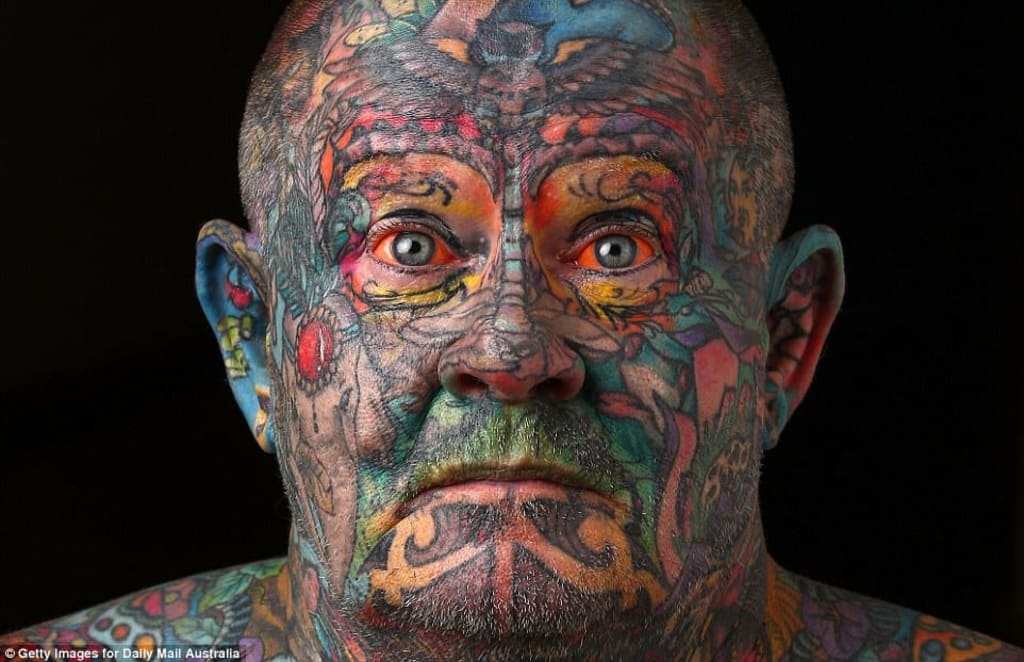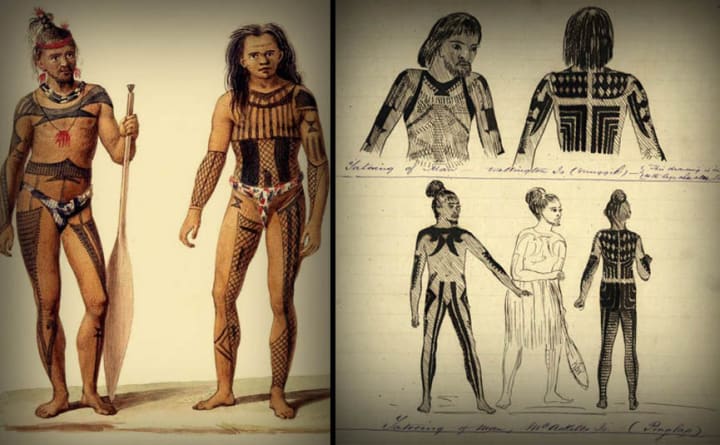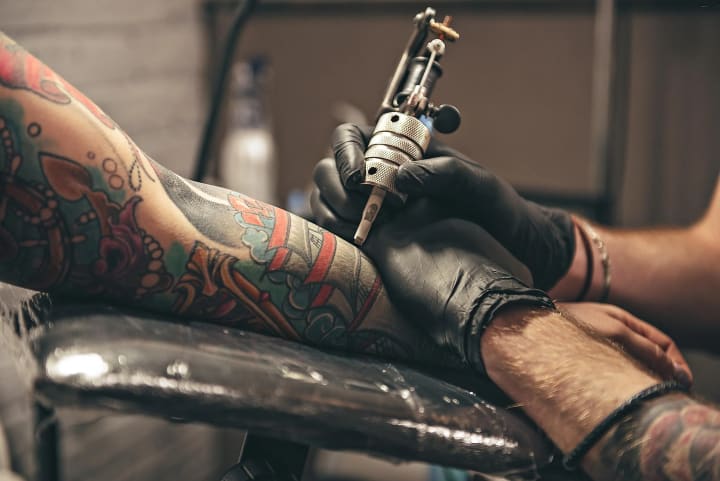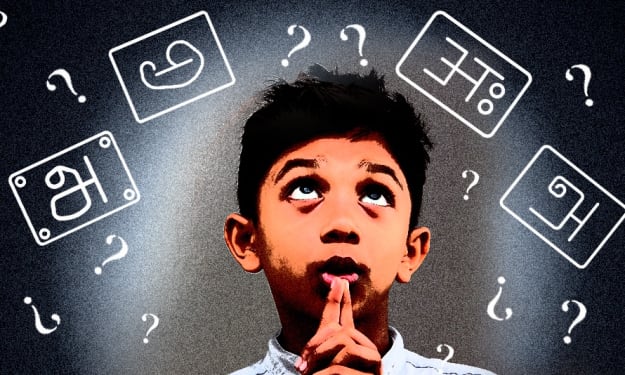HISTORY OF TATTOOS
“Wear your heart on your skin in this life”

The history and cultural significance of tattoos
Tattoos have been around for thousands of years, with evidence of their existence dating back to ancient times. Today, tattoos are a popular form of self-expression and have become increasingly accepted in mainstream culture. But what is the history and cultural significance behind these inked designs?
The practice of tattooing has been found in almost every culture throughout history, from ancient Egyptian and Roman societies to Polynesian cultures and Native American tribes. Tattoos have been used for a variety of purposes, including religious and spiritual practices, social status and identification, and as a form of artistic expression.

In ancient Egypt, tattoos were often used as a form of protection, with symbols and images of gods and goddesses inked onto the skin. It was believed that these tattoos would provide spiritual guidance and protection throughout the afterlife. Similarly, in ancient Rome, tattoos were used to mark slaves and criminals, as well as soldiers, who would have symbols of their legion tattooed onto their bodies as a sign of loyalty and identification.
In Polynesian cultures, tattoos were used as a rite of passage, with designs often symbolizing social status and achievements. These tattoos were intricate and often covered large portions of the body, with the process of tattooing being seen as a sacred and spiritual practice.
Native American tribes also used tattoos as a form of identification and spiritual practice, with designs often representing a person's tribal affiliation and spiritual beliefs. These tattoos were often made using natural materials such as ink made from plants and trees, and were considered to be a deeply personal and meaningful expression of one's identity.
Despite the rich cultural history of tattoos, they have not always been accepted in mainstream Western society. In the past, tattoos were associated with criminality and rebellion, and were often seen as a mark of low social status. However, in recent years, tattoos have become increasingly popular and accepted, with many people using them as a form of self-expression and art.
Types of tattoos

There are many different styles and designs of tattoos that people can choose from, each with their own unique aesthetic and cultural significance. Here are some of the most popular types of tattoos:
- Traditional: Traditional tattoos are also known as "old school" tattoos, and are characterized by bold black outlines and bright, saturated colors. These designs often feature classic tattoo imagery such as anchors, skulls, and roses.
- Realism: Realism tattoos are highly detailed and aim to recreate images from the real world, such as portraits, animals, and landscapes. These tattoos often use shading and color blending techniques to create a lifelike appearance.
- Watercolor: Watercolor tattoos are inspired by the aesthetic of watercolor paintings, with bright, vivid colors that blend and bleed into one another. These tattoos often feature abstract designs, flowers, or other natural elements.
- Tribal: Tribal tattoos are inspired by the tattooing traditions of indigenous cultures, such as Polynesian and Maori tribes. These tattoos often feature bold, geometric designs and are often black or dark in color.
- Japanese: Japanese tattoos, also known as Irezumi, are inspired by traditional Japanese art and often feature images of mythical creatures, such as dragons and phoenixes. These tattoos are highly detailed and often use a mix of black ink and bright colors.
- Blackwork: Blackwork tattoos are characterized by bold, solid black lines and negative space. These designs often feature intricate geometric patterns, or abstract designs.
- Lettering: Lettering tattoos feature words or phrases, often written in script or a specific font. These tattoos can be highly personal and often have significant meaning to the wearer.
- New School: New school tattoos are characterized by bright colors and exaggerated proportions, often featuring cartoonish or surreal designs. These tattoos often have a playful, lighthearted feel.
- Neo-Traditional: Neo-traditional tattoos are a modern take on traditional tattoo styles, featuring bold outlines and bright colors, but with a more detailed and refined appearance. These tattoos often feature images of animals, flowers, or other natural elements.
There is a wide variety of tattoo styles and designs to choose from, each with their own unique aesthetic and cultural significance. Whether you prefer a bold traditional tattoo or a delicate watercolor design, there is a tattoo out there that can help you express your individuality and personal style.
Today, tattoos come in many different styles and designs, from traditional black and grey ink to colorful and intricate watercolor tattoos. Some people choose to get tattoos as a form of commemoration or tribute, while others may get tattoos as a form of rebellion or to express their individuality.
However, despite the increasing acceptance of tattoos in modern society, there are still some stigmas associated with them. Some employers may still view tattoos as unprofessional or inappropriate, and there are still societal pressures to conform to certain standards of appearance.
In conclusion, tattoos have a rich cultural history that spans thousands of years and many different societies. They have been used for a variety of purposes, including spiritual and religious practices, social status and identification, and as a form of artistic expression. While tattoos have become increasingly accepted in mainstream society, there are still stigmas associated with them, and it is important to recognize and respect the cultural significance behind these inked designs.
About the Creator
Curiosity Ticket
Welcome to curiosity ticket, where we bring you the most fascinating and mind-blowing facts from around the world! Our team of experts is dedicated to delivering the most interesting and educational content, covering a wide range.






Comments
There are no comments for this story
Be the first to respond and start the conversation.